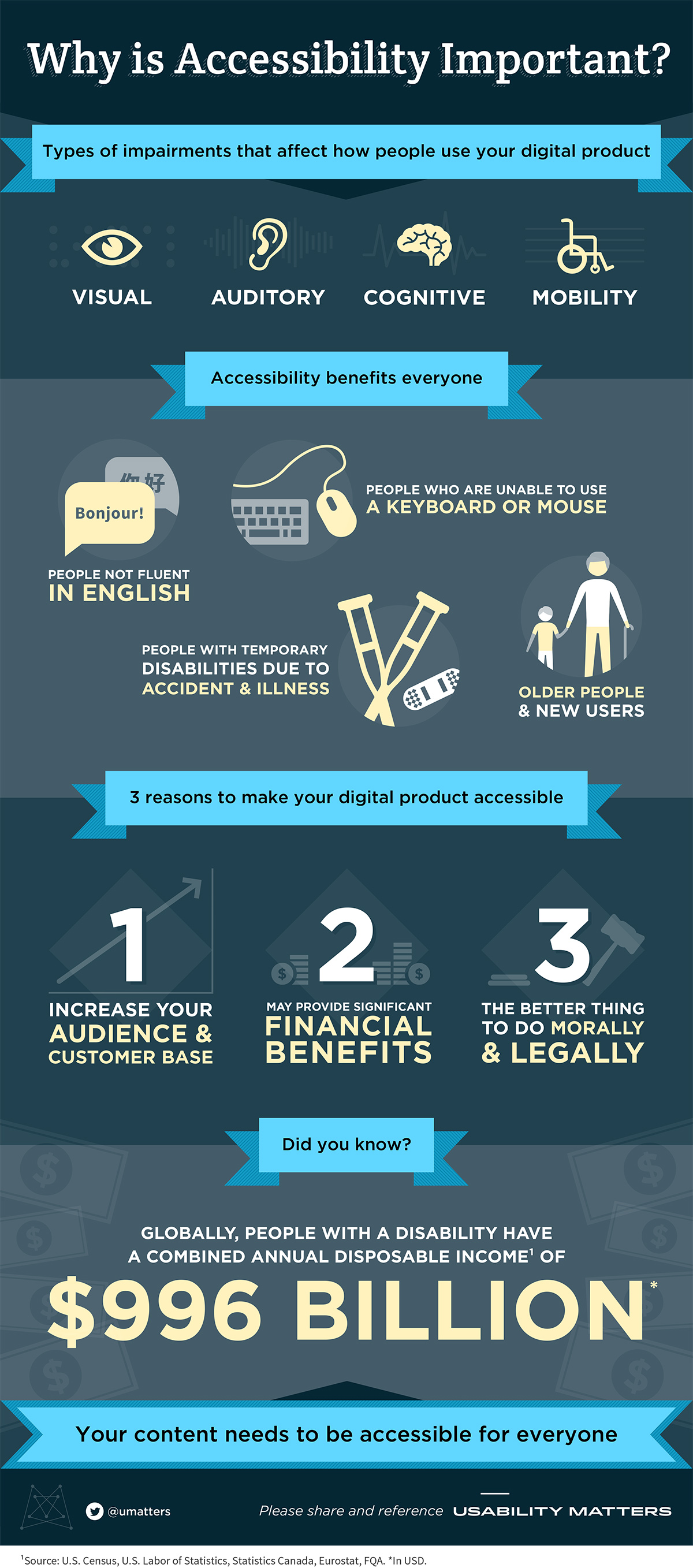WebAIM announced several updates to the WAVE tool. I always spend time in my accessibility classes telling students about the importance of accessibility testing. The WAVE tool is generally at the top of my list.
About a year ago, I wrote How to Use the WAVE tool to Boost Site Accessibility. I don’t want to revamp that post, but I do want to call attention to the updates.
A number of the updates deal with “smarter ARIA and HTML5 evaluation logic.” This includes HTML5 structural elements and ARIA landmarks. There are improvements in support for aria-labelledby and aria-describedby including a new icon for broken ARIA references.
There are some scripting changes that allow evaluation of dynamically generated content. There’s a new indicator for skipped heading levels and for big blocks of justified text. The Firefox extension is going to go away, but the Chrome extension will still be supported.
Still the Same

Using the tool on the web remains basically the same. You enter your URL in the form at wave.webaim.org. The results of the evaluation are displayed over a representation of your page with icons indicating errors, alerts, features, structural elements, HTML5 and ARIA, and contrast errors. Clicking on an icon gives you a brief explanation of the meaning, with a link for more information.
Most importantly for web developers and web educators, the WAVE tool is still a valuable tool to help identify accessibility issues in sites.


